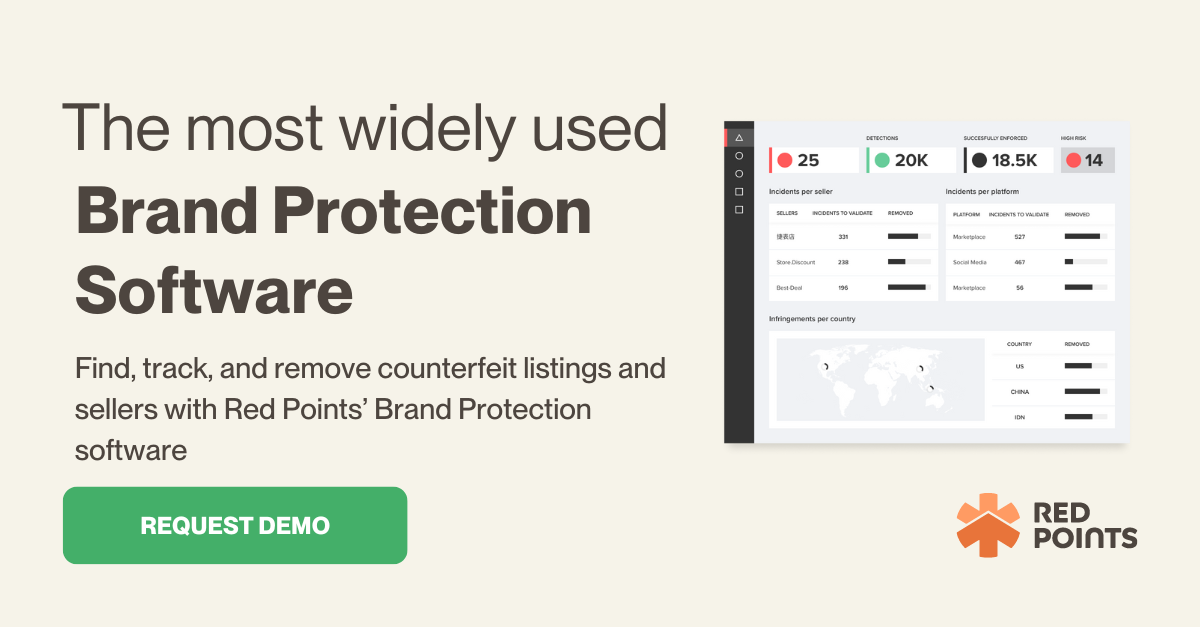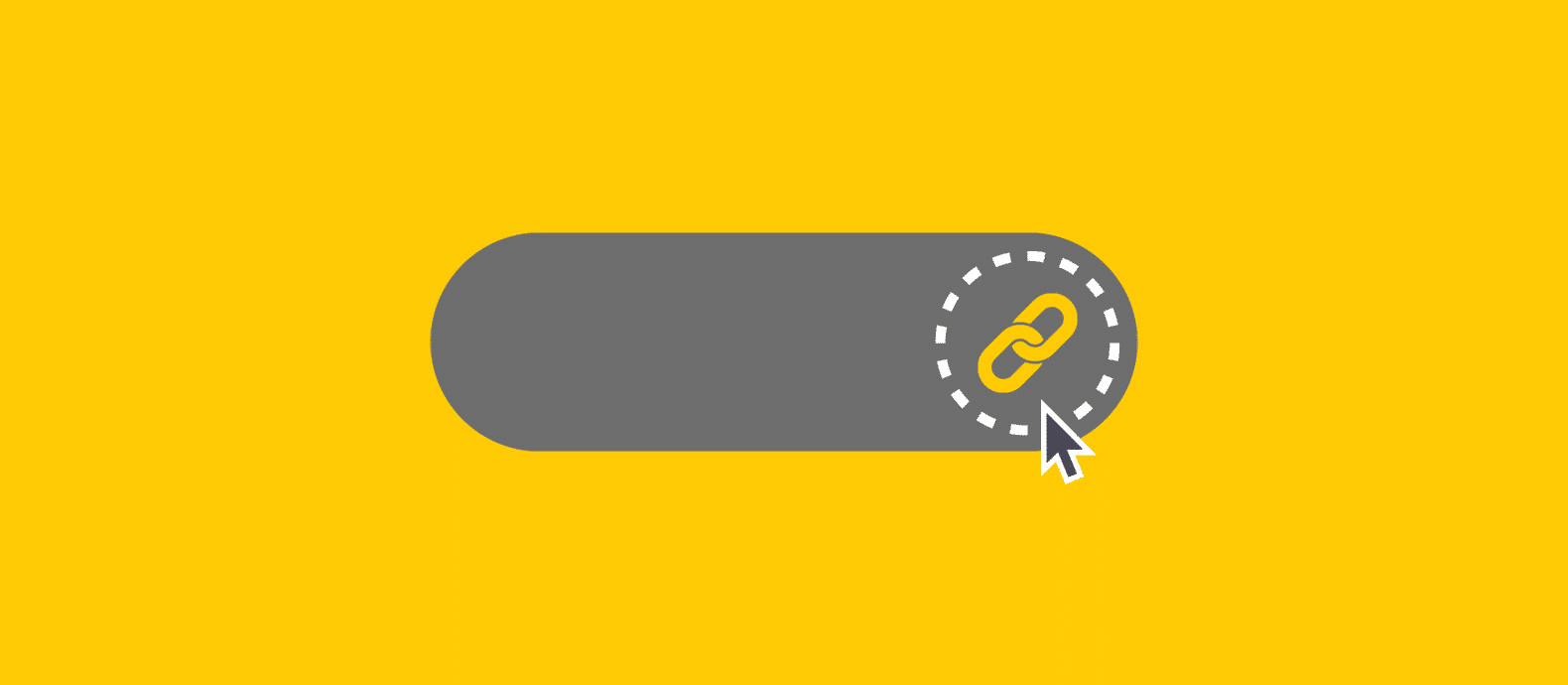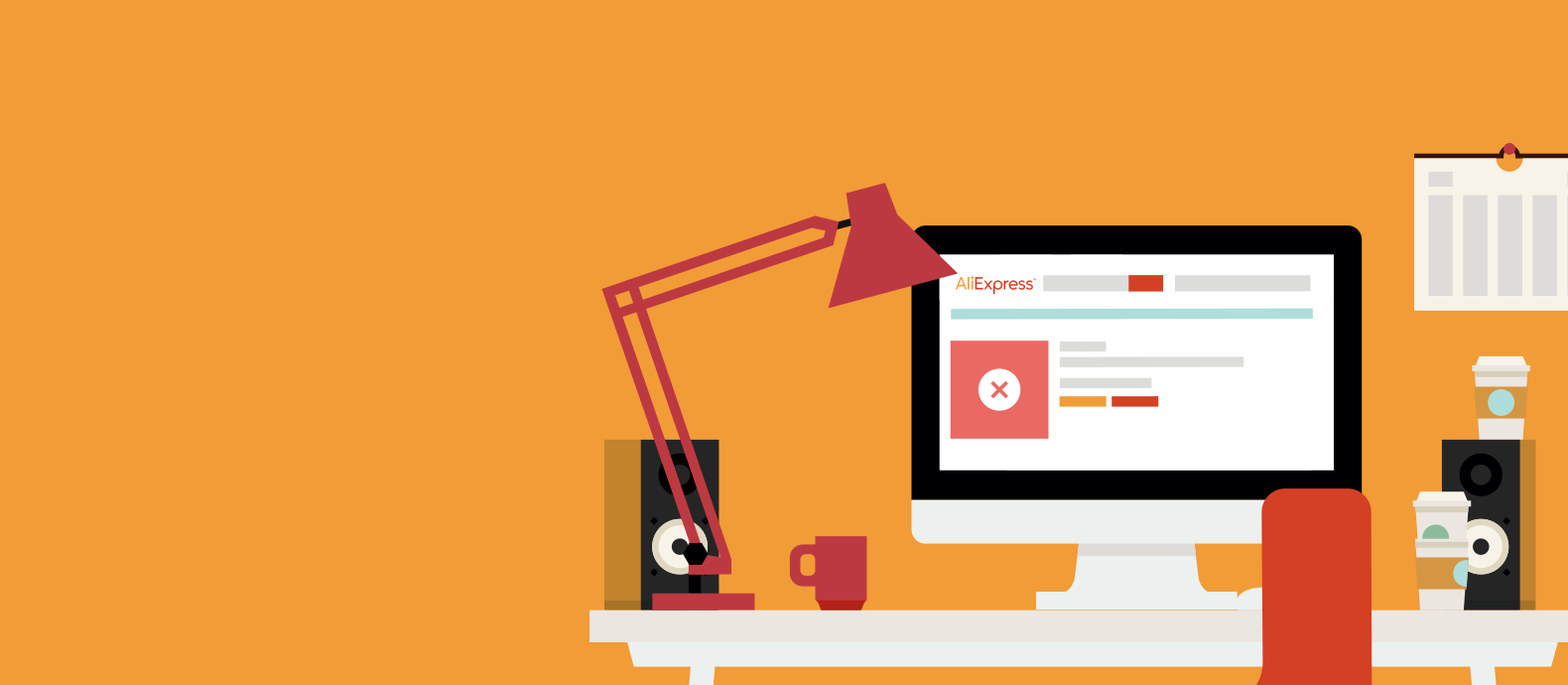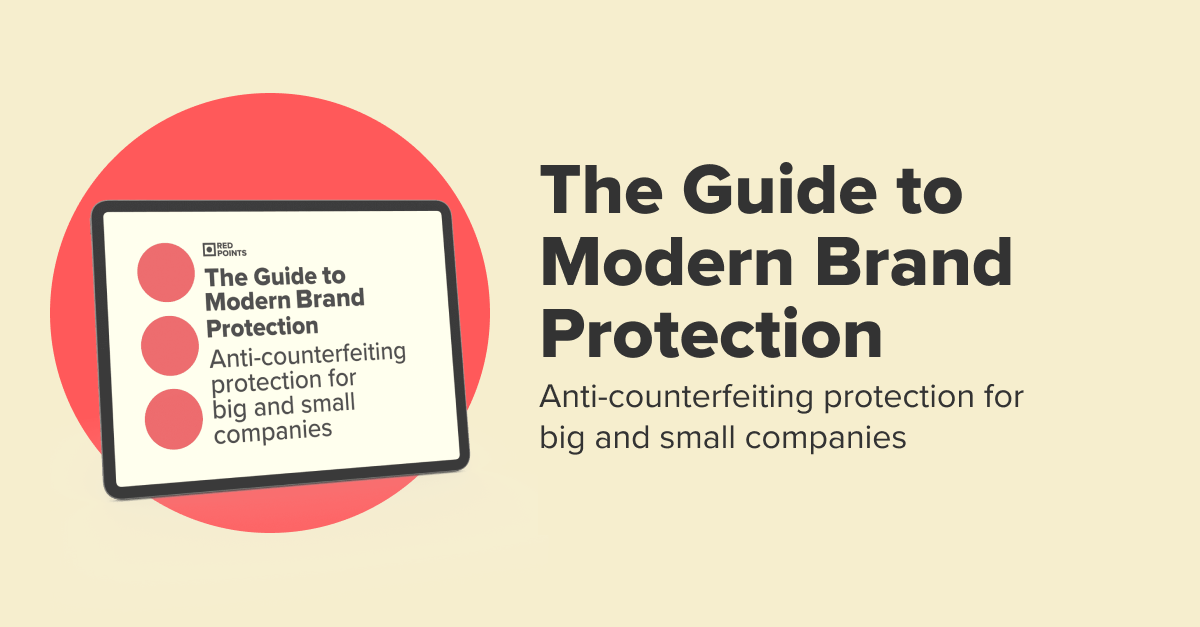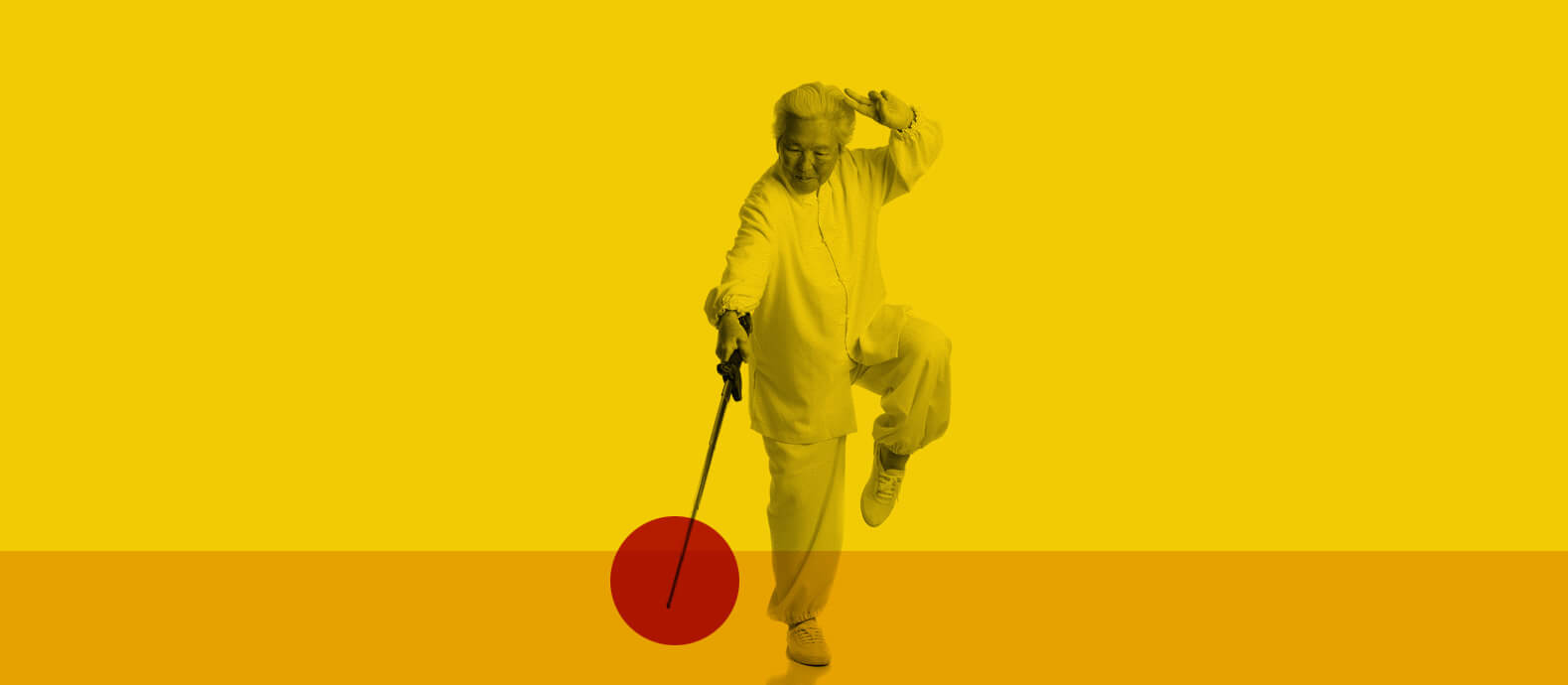In the world of online shopping, DHGate is best known as a cross-border ecommerce platform that connects global buyers with a vast array of products. However, nestled within this marketplace lies a lesser-known element that could lead buyers down an unwanted path: hidden links. DHGate hidden links are clandestine pathways that usually take shoppers to products that are either replicas or exclusive items not found through regular browsing.
In this article, we uncover the facts about hidden links on DHGate, offering a comprehensive guide on how to spot them, why they are a problem, and how they are used by sellers on the platform.

What are DHGate’s hidden links?
DHGate hidden links are, as the name suggests, a hidden element on DHGate’s shopping pages, which are mainly used to covertly sell counterfeit or replica items. While DHGate itself is a large, legitimate online marketplace, the presence of these hidden links for selling fake goods is a serious issue for buyers and sellers alike.
Unlike regular product listings, these links are deliberately obscured and not immediately visible or searchable to the average user. They are often circulated within closed groups or forums, shared through social media, or communicated privately among buyers known to be seeking specific replica products.
Here’s how they work: Sellers on DHGate list a simple, often cheap, and seemingly unrelated item to sell on the platform. The pictures and descriptions are purposefully vague or misleading, which will put the average seller off buying the product. Then, when someone who knows about these hidden links buys the item, they communicate directly with the seller, typically outside of DHGate, to specify the actual item they want. Usually, this is a counterfeit version of a more expensive brand.
This way of selling is problematic for a few reasons. First, it’s illegal to sell counterfeit versions of branded goods, so these hidden links help sellers break the law by undermining intellectual property rights and bypassing legal constraints. This harms the brand’s reputation and also deceives consumers who might believe they are purchasing authentic products.
Secondly, the quality and safety of these fake items are not always subject to the same quality controls as legitimate items. Finally, this practice can potentially expose buyers to fraud, as there is no transparency or guarantee that they will receive the product they have requested.
Scope of the problem
The problem of DHGate hidden links represents a significant challenge not only to the integrity of online marketplaces but also to the broader global economy. They undermine the trust between consumers and brands and create an environment where illegal and unethical practices can flourish. Often, this occurs at the expense of quality, safety, and fairness.
Because they are designed to be deceptive and hard to find, it’s not always easy to spot unless you have had a link shared with you and are actively looking to participate in the trade of counterfeit goods.
Detecting these hidden links is particularly challenging for several reasons:
- Subterfuge in listings: Since the listings don’t directly display or describe the counterfeit product, they don’t raise immediate red flags to innocent onlookers.
- Private communication: The real details of the transaction happen privately, making it hard for DHGate to monitor and intervene.
- Constant evolution: Sellers frequently change their tactics, making it a moving target for detection.
- Exclusive networks: These links are often shared within exclusive groups or networks, away from public scrutiny.
The Impact on Brands
The impact of DHGate’s hidden links on legitimate brands is significant and multifaceted. Counterfeit sales directly cut into the revenue of genuine brands. So consumers unknowingly purchasing fakes or opting for cheaper replicas reduce the market share of authentic products.
The influx of low-quality counterfeits can tarnish the reputation of the original brands. Consumers unable to distinguish between fake and real products may attribute poor quality or performance to the legitimate brand. It also impacts the reputation of the selling platform, as the more counterfeit items are sold on a marketplace like DHGate, the more consumers will link the site with fake goods.
As well as the financial effect of reduced sales, companies may spend considerable resources in legal battles to protect their intellectual property. This cost will further impact their financial standing and also distract from their core business focus.
Step-by-step guide to removing a DHGate hidden link
Step 1: Gather evidence
Identify the hidden link you want to report, taking screenshots or noting the URL of the listing. Gather evidence that clearly shows how the product listed under the hidden link infringes on intellectual property or violates DHGate’s policies. This could include photographs, descriptions, and any communication with the seller.
Step 2: Verify intellectual property ownership
If you are representing a brand or company, ensure you have proof of intellectual property ownership. This will include a copy of the Intellectual Property Rights document and other trademarks, copyrights, or patents relevant to the case. You will also need to submit the name and type of the IP, the IP registration number and IP class, the date your IP expires, and DHgate links and item codes for the listings you’re reporting.
If you are acting as an agent for an IP owner, you will also need to prepare documents that establish your authority to act on behalf of the brand or company. In addition to the list above, this will include a copy of the ID of the IP owner and the Agent Authorization document. You will also need a letter of guarantee and the date your your Agent Authorization expires.

You will also need to register your IP on DHGate which you can do by following this link. Please note that you will need a registered DHGate account to do this. With your account set up and your documents in place, this should take no more than 10 minutes. However, it could take up to three days for DHgate to authorize your documents.

Step 3: Complete and submit the DHGate Intellectual Property Rights (IPR) protection form
Once your documents are in place and your IP has been authorized by DHGate, you’re ready to complete the DHGate IPR Protection Form.
Simply fill in all required details, including your contact information, details about the intellectual property being infringed, and specifics about the hidden link. Attach all your gathered evidence and ownership documents to support your claim.
Clearly articulate why the link violates rights or policies, as vagueness can delay the process. You should also ensure that your claim adheres to legal standards and DHGate’s policies, and maintain records of all communications and submissions related to your takedown request.

Step 5: Follow up
After submission, monitor your email or DHGate account for any communication regarding your report. DHGate may contact you for additional information or clarification, so be prepared to respond promptly if this happens.
Step 6: Check for Compliance
Regularly check to see if the hidden link has been taken down. If the link remains active after a reasonable period, consider following up with DHGate’s support or legal team.
How to protect your brand from hidden links on DHGate
Whilst hidden links on platforms like DHGate pose a real threat to high-end brands whose products are being counterfeited and sold online, the good news is some technologies can help companies safeguard their intellectual property. While manual detection and enforcement are options, they are often time-consuming and not entirely foolproof.
This is where Marketplace Protection Software, particularly those leveraging Artificial Intelligence (AI), comes into play. This is a field that has evolved significantly in recent years, offering more efficient and effective ways to combat unauthorized selling and counterfeit products. These technologies include AI tools such as image and logo recognition and image fingerprinting.
Effectiveness against hidden links
Hidden link sellers often try to evade detection by not including trademarks directly or by altering product images. Here’s how AI-based tools can outsmart these tactics:
Image and Logo Recognition
Advanced AI algorithms can scan marketplace listings for images that resemble a brand’s products or logos, even if they have been slightly altered. This recognition goes beyond basic image matching to analyze patterns, shapes, and other unique identifiers that are difficult to disguise completely.
Image Fingerprinting
This technology creates a unique digital ‘fingerprint’ of a brand’s images. It can detect even minor variations of these images on platforms like DHGate, identifying listings that might not mention the brand by name but are selling replicas or counterfeit products.
Continuous Monitoring
AI tools can monitor marketplaces like DHGate round the clock, providing real-time alerts whenever a suspicious listing is detected. This level of vigilance is not feasible with manual monitoring.
How to implement these tools
- Partner with a Brand Protection Service like Red Points, which specializes in using these AI technologies for brand protection. They can help set up a comprehensive monitoring system tailored to your brand’s needs.
- Red Points can personalize your protection scope. By leveraging AI tools, they can focus on specific products, designs, or common counterfeit patterns.
- By using prioritization and automation rules, you can automate the majority of validation and enforcement processes on DHGate. If your brand does not utilize this marketplace as a legitimate channel, all the detected listings can be enforced immediately, thereby reducing the impact of those counterfeit products on your brand.
What’s next
The impact of hidden links on brands is far-reaching, affecting revenue, reputation, and consumer trust. As we’ve seen, AI tools like image recognition and fingerprinting are instrumental in identifying and combating these covert infringements. However, the fight against counterfeit products is ongoing and requires continuous attention and adaptation. Brand owners should consider partnering with experts in the field to stay ahead of these deceptive practices.
To explore how these technological solutions can fortify your brand’s defense, request a demo with Red Points today to see firsthand how these tools can help you effectively tackle the challenge of DHGate hidden links.
